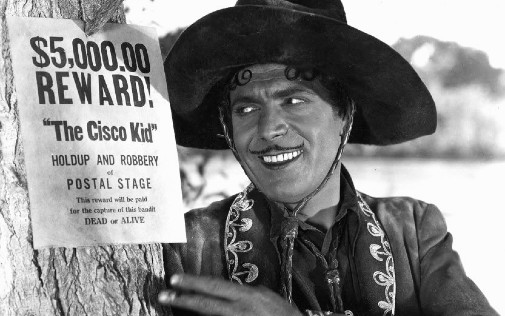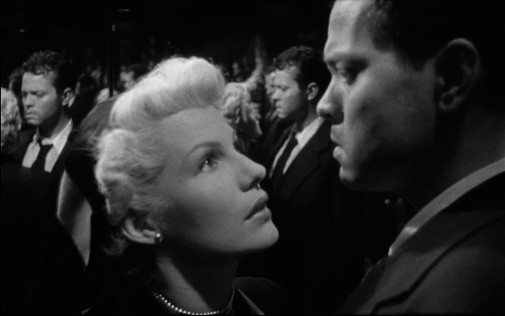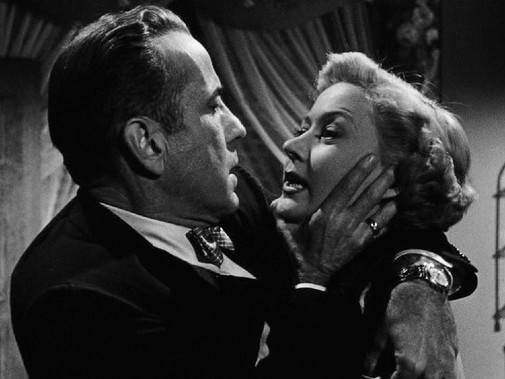Barbara Stanwyck: Comedy Goddess
 Sunday, April 12, 2020 at 9:30AM
Sunday, April 12, 2020 at 9:30AM 
Despite being one of Old Hollywood's most electrifying actresses, Barbara Stanwyck feels somewhat forgotten (apart from cinephiles) when compared to her contemporaries like Bette Davis, Joan Crawford or Ingrid Bergman. The one role that arguable does keep her immortal with the mainstream is the devilish Phyllis Dietrichson in Billy Wilder's Double Indemnity, the noir to end all noirs starring the greatest femme fatale of them all. Still, to believe that Stanwick was essentially a noir vixen is unfair to her grand legacy. More than many actresses of her time, she rejoiced in hopping from genre to genre, unencumbered by exclusive contracts to studios that might want to pin her down to one type of role.
Because of that, she was able to experiment with the extremes of Pre-Code libertinism (Baby Doll), weepy melodrama (Stella Dallas), historical epics (Titanic), tragic romances (There's Always Tomorrow) and even camp classics (Walk on the Wild Side). Her tonal flexibility was unparalleled as she was able to mold her trademark toughness and sexual confidence into almost any role conceivable. She was much more than just the venomous Mrs. Dietrichson, even though that is one of her greatest achievements. I'd go so far as to say that she was one of the great comediennes of her era, on par with Irene Dunne, Carole Lombard, and Jean Arthur. Just take look at her second Oscar nomination…






